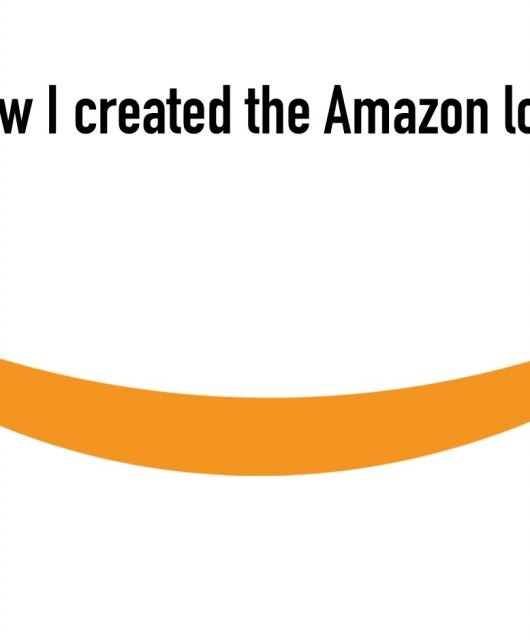Agility In The Short Term, Clarity For The Long Term
When society faces a global challenge such as the current situation we’re living, brands play a more vital role than ever. Although the present-day scenario has no equivalent in recent history, we can draw upon some lessons we’ve learned over the past years.
The most important learning is that stronger brands are more capable of coping with crisis -whatever their nature- and obtain better results and improved performance once recovery begins, as shown in the following graph.

The situation we’re facing is accelerating a process that the most valuable global brands were already experimenting with previously, highlighting relevance and responsiveness as key growth factors. We understand relevance as the fit with customers’ needs, desires and choice criteria, and responsiveness as the ability to respond to market changes, opportunities and challenges.
The context has changed dramatically over the last few weeks. However, both factors will continue to be critical for brands along two fronts, combining agility in the short term with clarity in the long term:
The first front, the present, must pursue one main objective: to put the brand purpose at the service of immediate utility, not only as an amplified exercise of corporate social responsibility, but as a priority to respond to key audiences current needs (from employees to clients): redirect capabilities, talent and skills in order to reach a common goal: overcoming the crisis.
Countless global, regional and local brands are already responding: the fast-fashion giant Inditex has provided the Spanish government its immense logistics capability to distribute medical material; Microsoft has offered Microsoft Teams to the general public to facilitate home-working, and a large part of the luxury sector has transformed its clothing factories into factories manufacturing masks and disinfectant gels. This is just to mention just a very few examples.
The second front must be addressed alongside the previous one and has to do with the future, with the mid and long term, once the crisis begun the road to recovery. We must bear in mind that conditions will have changed: first of all, consumers will be even more connected and their perceptions will have devolve -as well as their attitudes and behaviors; on the other hand, the crisis will have fueled an acceleration in the changes in frames of reference that were taking place previously. Consequently, it will be necessary to restart the business in a different context and define the brand through trajectories that include, of course, the evolution of consumer needs.
To give an example, if we look back to 2003, when the SARS coronavirus hit China, the social conditions resulting from the crisis enabled the expansion of digital services in the country. The outbreak proved to be a definitive boost in the adoption of digital technology and e-commerce platforms.
Returning to 2020, when the time for recovery is finally here, the importance of building brands around the consumer will be greater than ever. Monitoring customers’ perceptions, attitudes and behaviors, accompanying them, creating permanent communities and staying in touch with them will lay the foundation from which to build a long-term trajectory. We no longer talk about positioning since, along with other branding concepts, it has become obsolete, as it doesn’t offer brands enough flexibility to grow in an ever-changing and highly volatile context, where they become the only element that guides the consumer’s purchase decision when faced with all available options.
Once new and changing consumer needs are detected, it will be necessary to align them with the business and with brand experiences to draw a trajectory and implement the iconic moves that will help achieve a long-term ambition.
This is where the future of brand thinking lies, a journey that brands will lead with empathy and courage, hand in hand with customers and internal talent to define the human needs that are worth satisfying, as well as the experiences and a business model that will help to satisfy them.





